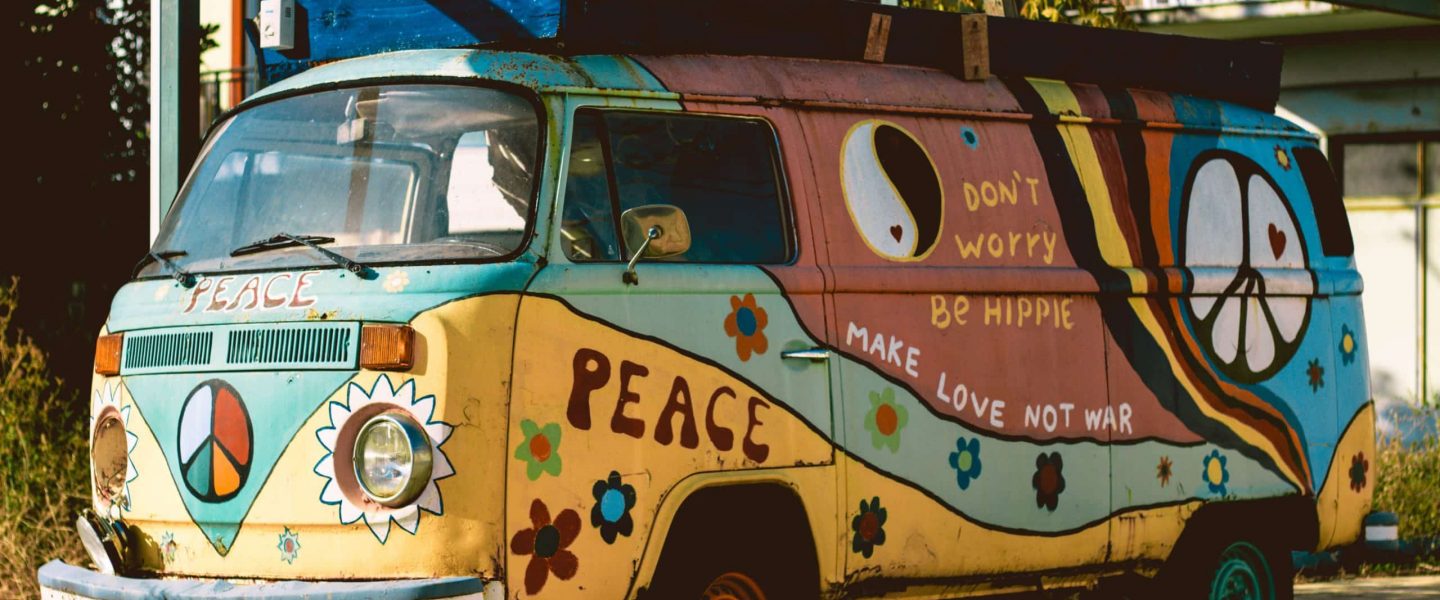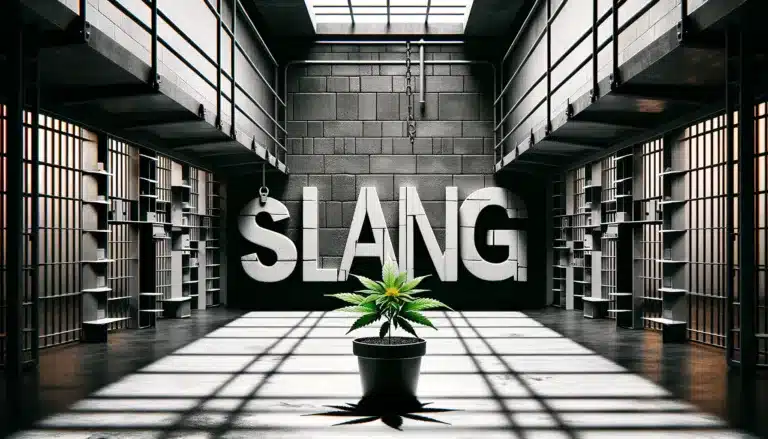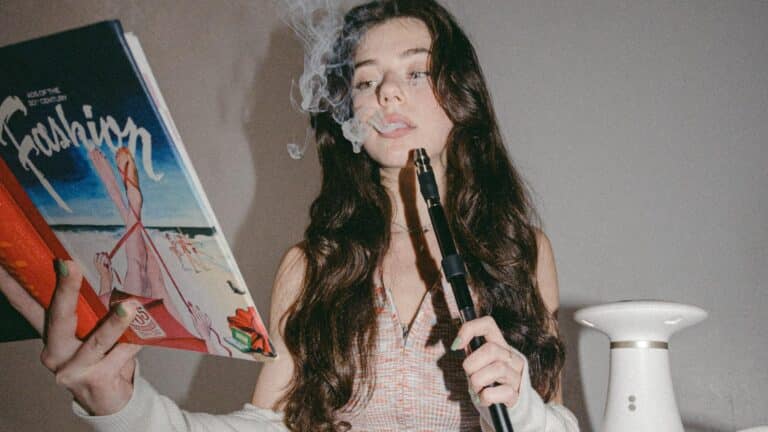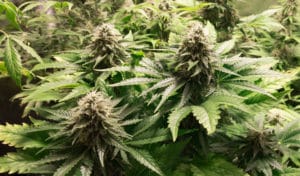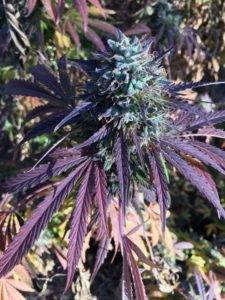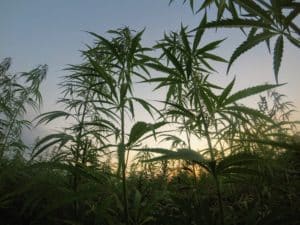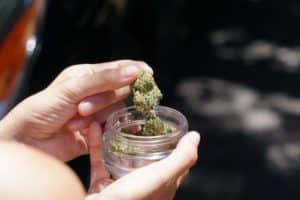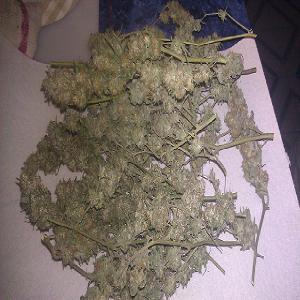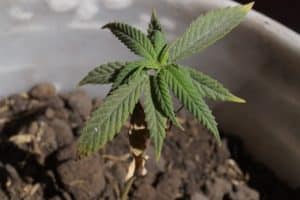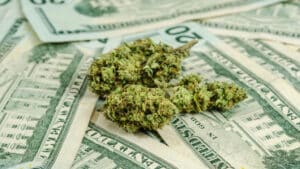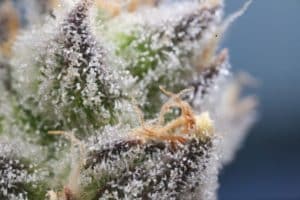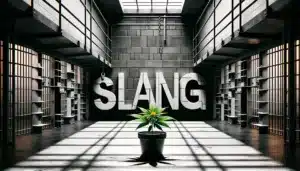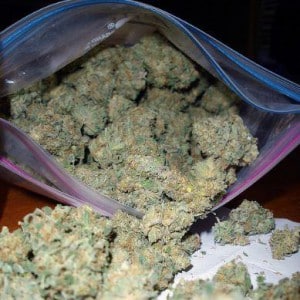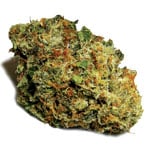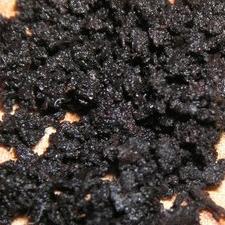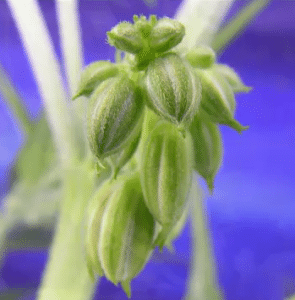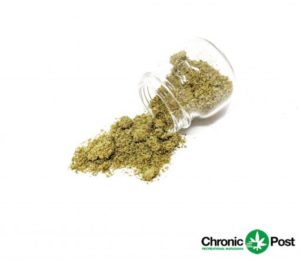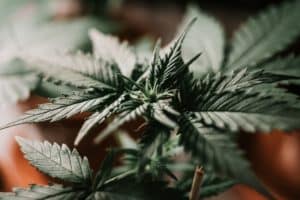America will always remember the 1960s as a decade of unprecedented advancement, societal change, and tragedy. A man walked on the moon, and a wildly popular president was assassinated. Weed and LSD sparked the imagination of a counterculture revolution. And the waves made by these events still ripple through the culture of America today.
Art and Architecture
Fueled by the space race, art and architecture in the 1960s aggressively pursued a clean, streamlined vision of the future. What the 1950s began, the art of the 1960s tried to make real. Buildings continued to grow in ambition and scale, transforming the skylines of American cities and blurring the lines between architecture and art with projects like St. Louis’s Gateway Arch. Pop art, best remembered from the works of artists like Andy Warhol, swept galleries. New styles, including op art, environmental art, and assemblage art, grew from cultural evaluation of the sudden changes, costs, and benefits of modern lifestyles.
- Warhol and Mass Consumerism
- The Environmental Art Movement
- Pop Art
- St. Louis Arch
- Op Art
- Assemblage Art
- Skyscrapers of the Mad Men Era
Fads and Fashion
Fashion, like art, took great inspiration from the space race while simultaneously celebrating an unprecedented growth in youth culture. As bright polyester suits and pleather miniskirts challenged conservative fashion and values, go-go boots gained favor and were then traded for “granny” dresses and long peasant skirts. Fads emerged that would become common emblems of the era, such as lava lamps and tie-dye, but so did products that would endure in popularity for decades to come, like Barbie dolls, troll dolls, skateboards, and GI Joe. In other parts of society, marijuana came into regular use, popularized by counterculture events and personalities.
- Fashion of the 1960s
- André Courrèges, Inventor of Go-Go Boots
- 1960s Men’s Fashion
- The History of Barbie
- Hair-Raising Facts About Troll Dolls
- The Gnarly History of Skateboarding
Historic Events and Technology
The 1960s were also characterized by unrest as the youth, women, and racial minorities pushed back and made space for themselves in society. The Civil Rights movement saw the rise and assassination of both Martin Luther King Jr. and Malcolm X. Hispanic Americans gained popular recognition and organized the United Farm Workers Association, while native Americans drew attention to issues like rampant neglect, disenfranchisement, and institutionalized racism. The Presidential Commission on the Status of Women began investigating and seeking to address ongoing discrimination toward women in all aspects of society. Though they did not gain as much ground as other groups, LGBT+ activism and visibility also grew.
Much of this progress was linked with disillusionment. The election and assassination of John F. Kennedy left Americans shaken, and the Vietnam War caused many to become disillusioned with mainstream culture and the government.
Meanwhile, technology boomed in tandem with the space race. America put a man into orbit, and Neil Armstrong walked on the moon. Back on Earth, Dr. Denton Cooley implanted the first artificial heart in a human, and scientists cloned a South African tree frog.
- How JFK’s Assassination Changed Television
- Interview With a 1960s Gay Rights Activist
- Civil Rights Martyrs
- How the Space Race Created the Florida We Know Today
- Neil Armstrong: First Man on the Moon
- Rise of the United Farm Workers
- President’s Commission on the Status of Women
- Civil Rights Acts
Music
During the 1960s, rhythm and blues expanded and birthed rock and roll. A folk revival also brought a new twist on old traditions. Popular musicians and groups ranged from the Supremes and Aretha Franklin to Peter, Paul, and Mary. Legendary performers like Jimi Hendrix and the Supremes claimed their place in history as newcomers like the Beatles echoed the enthusiasm, rebellion, and hope of high school and college students.
- American Folk Revival
- How the Beatles Got Together
- The Supremes
- Jimi Hendrix
- Peter, Paul, and Mary
- Aretha Franklin
Theater, Film, Radio, and Television
Television became increasingly varied. New shows like Star Trek and The Twilight Zone brought science fiction to a broader audience while sharing the screen with programs like The Andy Griffith Show and Gunsmoke. Space aliens and cowboys gave the public imagination new worlds to discover and provided a reliable, comfortable escape from the often unsettling and violently changing world outside.
Musicals dominated the stage and big screen. Camelot and Man of La Mancha appeared on Broadway, while popular hits like The Sound of Music and My Fair Lady became films.
Music was popular on TV, too, with American Bandstand changing how young people listened to music. The program and others like it taught listeners how to dance to popular tunes, encouraging viewers to dance at home. This transferred to clubs and the party scene, where go-go dancers showcased moves and dance styles above group dance floors.
- Television’s First Interracial Kiss
- The Rise of Westerns in the 1960s
- The Best Broadway Shows of the 1960s
- American Bandstand
- Camelot
- Television Was Never the Same After The Twilight Zone
1960s Drug Culture
The fashion, art, and culture of the 1960s are often called psychedelic. Drug culture was closely linked with music, art, and creativity throughout the decade, though it was hardly limited to Woodstock and Greenwich Village. Entire genres were named for drugs, including acid rock and psychedelic rock, though it’s worth noting that rock wasn’t the only musical genre fueled by illegal substances; folk musicians and blues artists often played with marijuana joints in hand.
While Woodstock is probably best remembered as a musical experience as well as an event where LSD was pervasive, there were plenty of other drugs to choose from there, too, including weed. As tumultuous as the 1960s were, it should be no surprise that so many active, curious minds used the drug for its well-known calming properties. Its widespread use laid the groundwork for the process of normalizing marijuana in the public eye.


